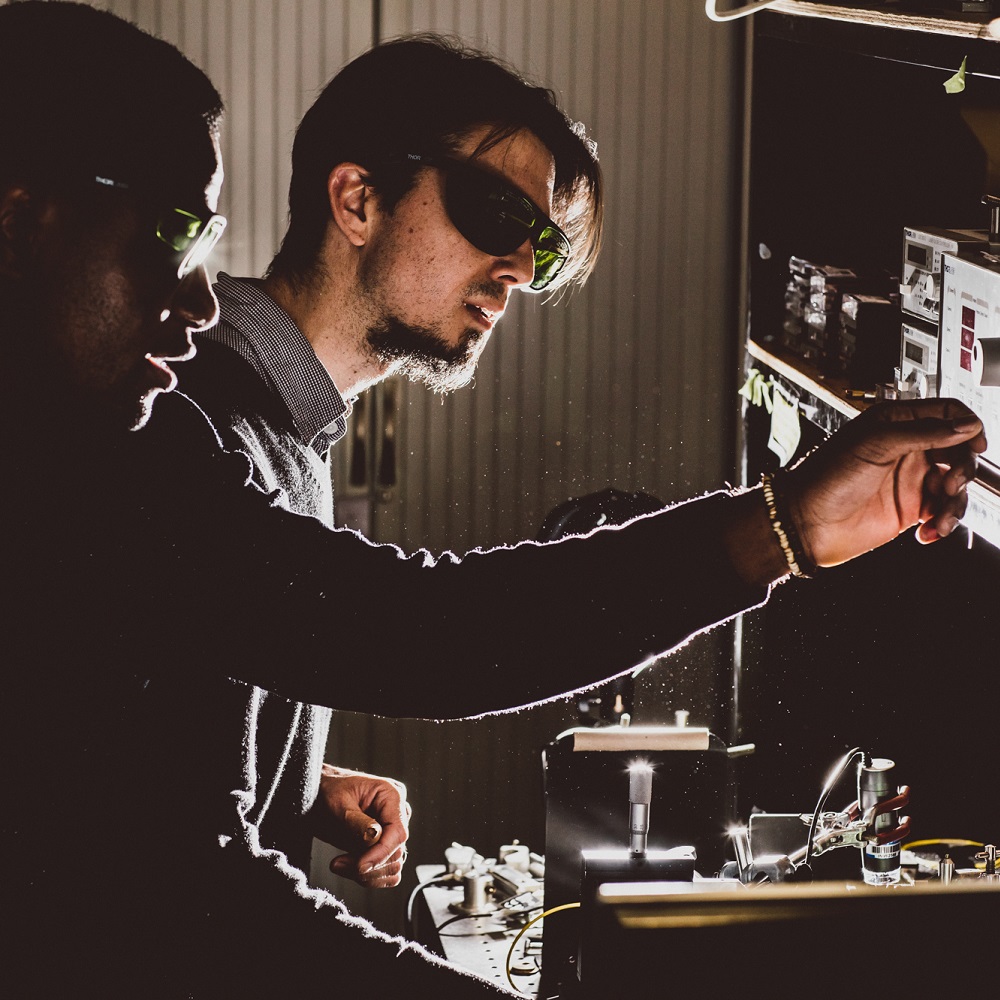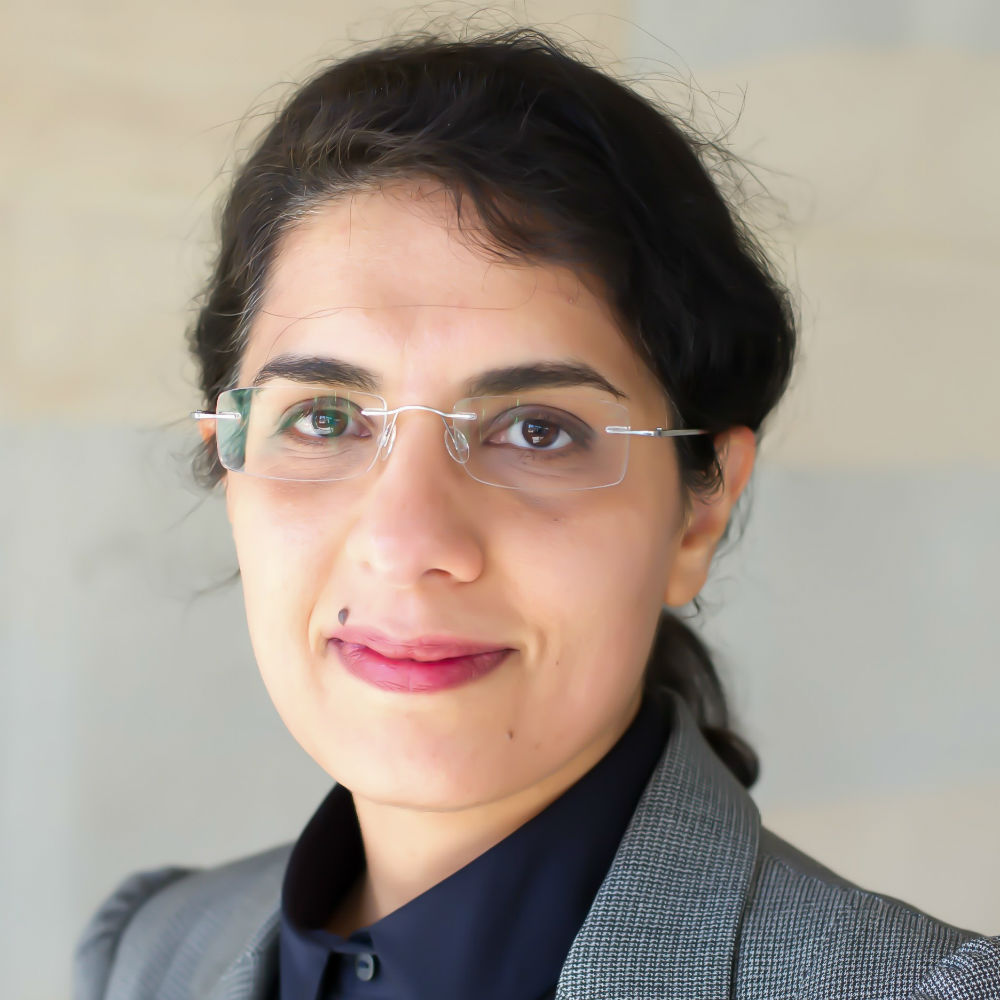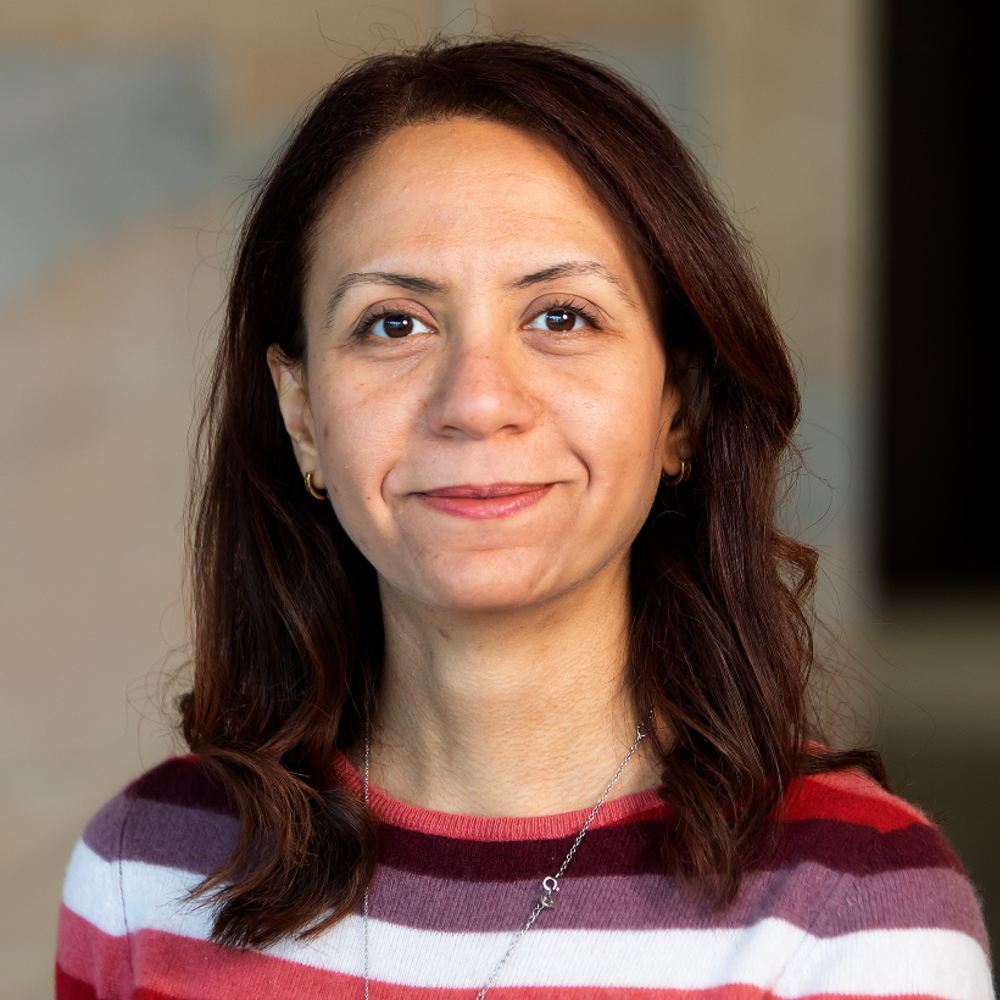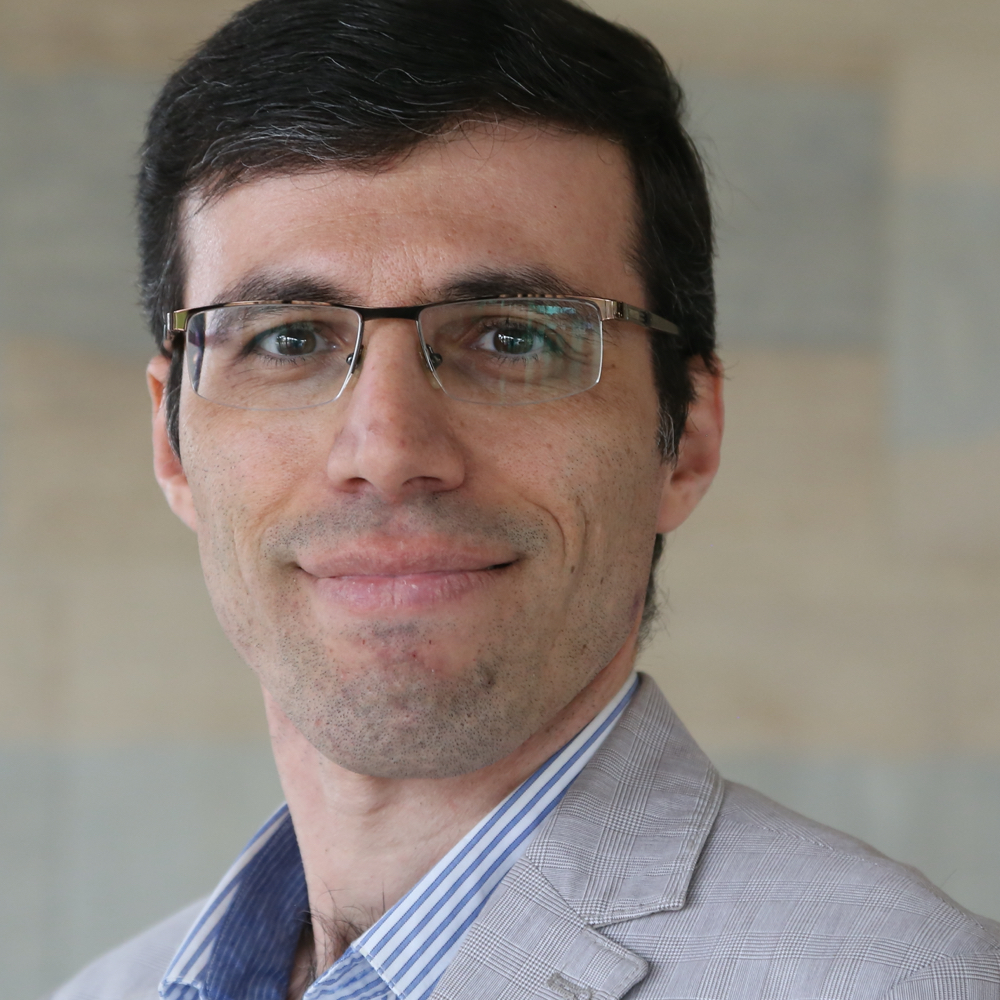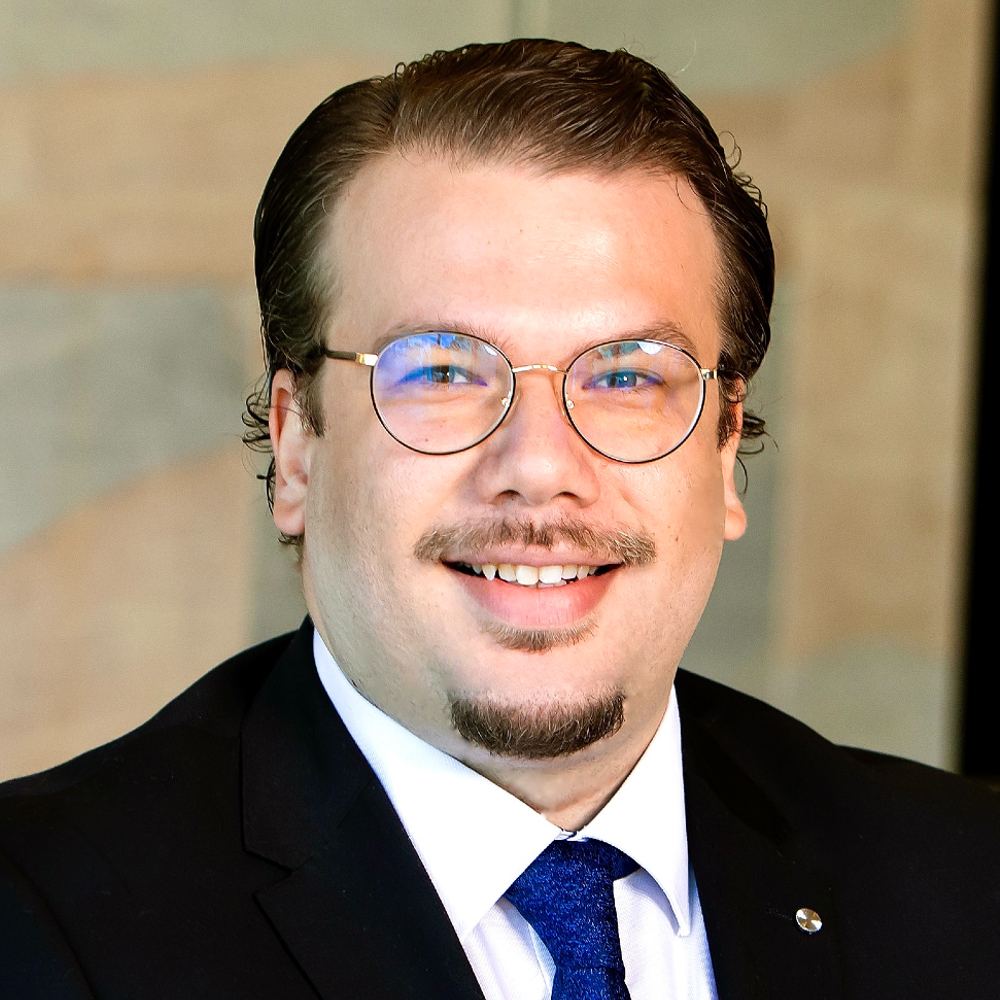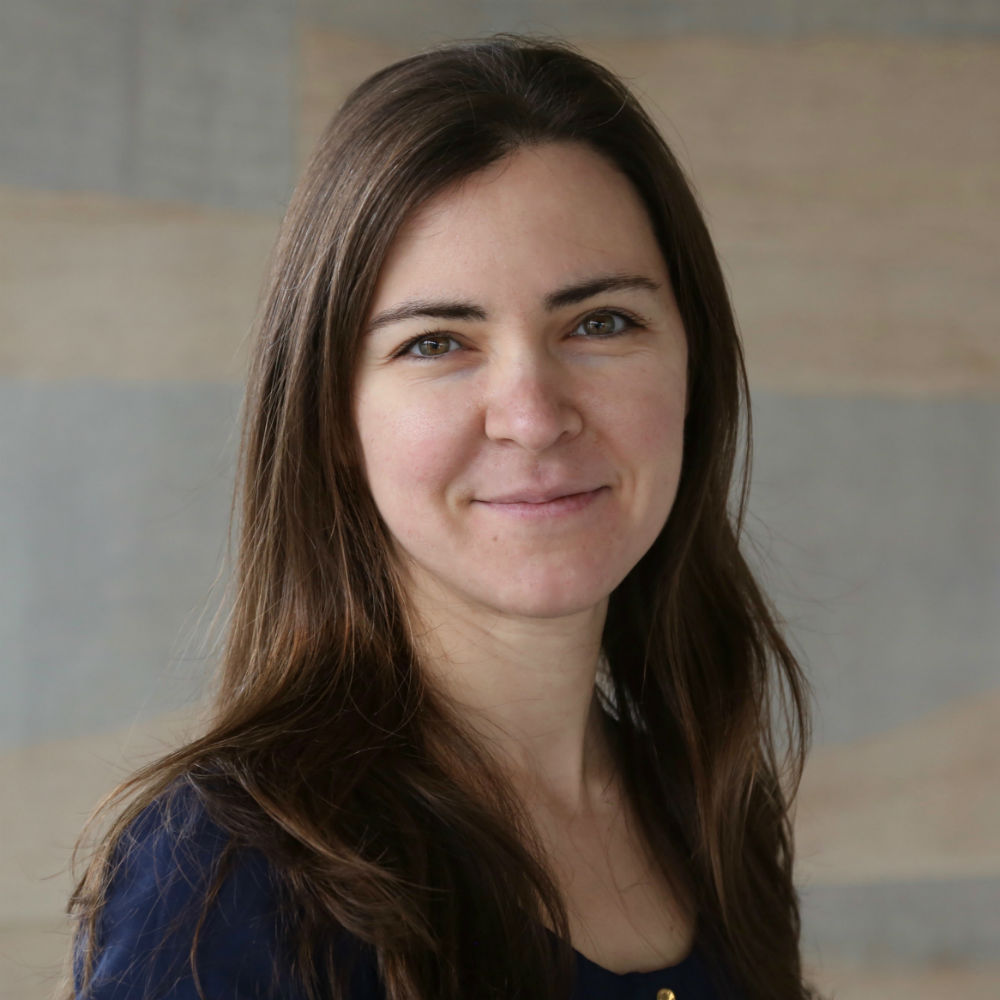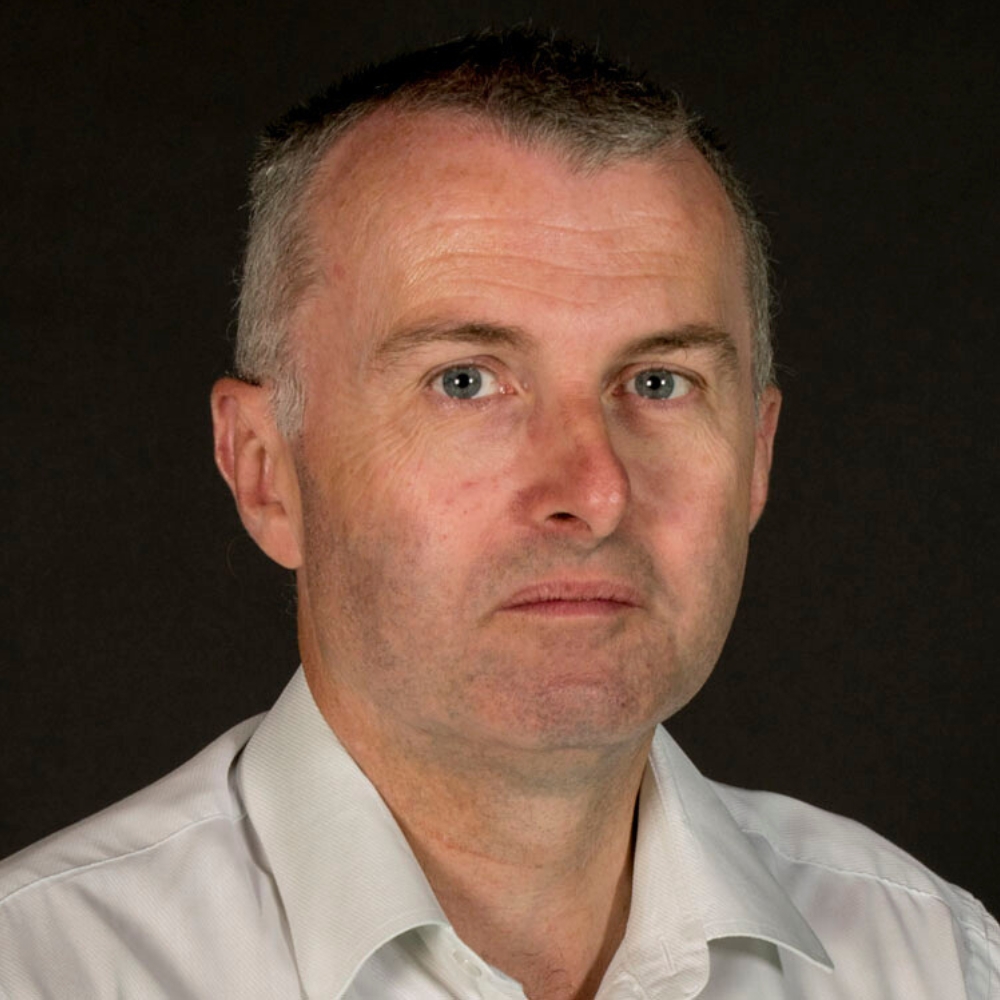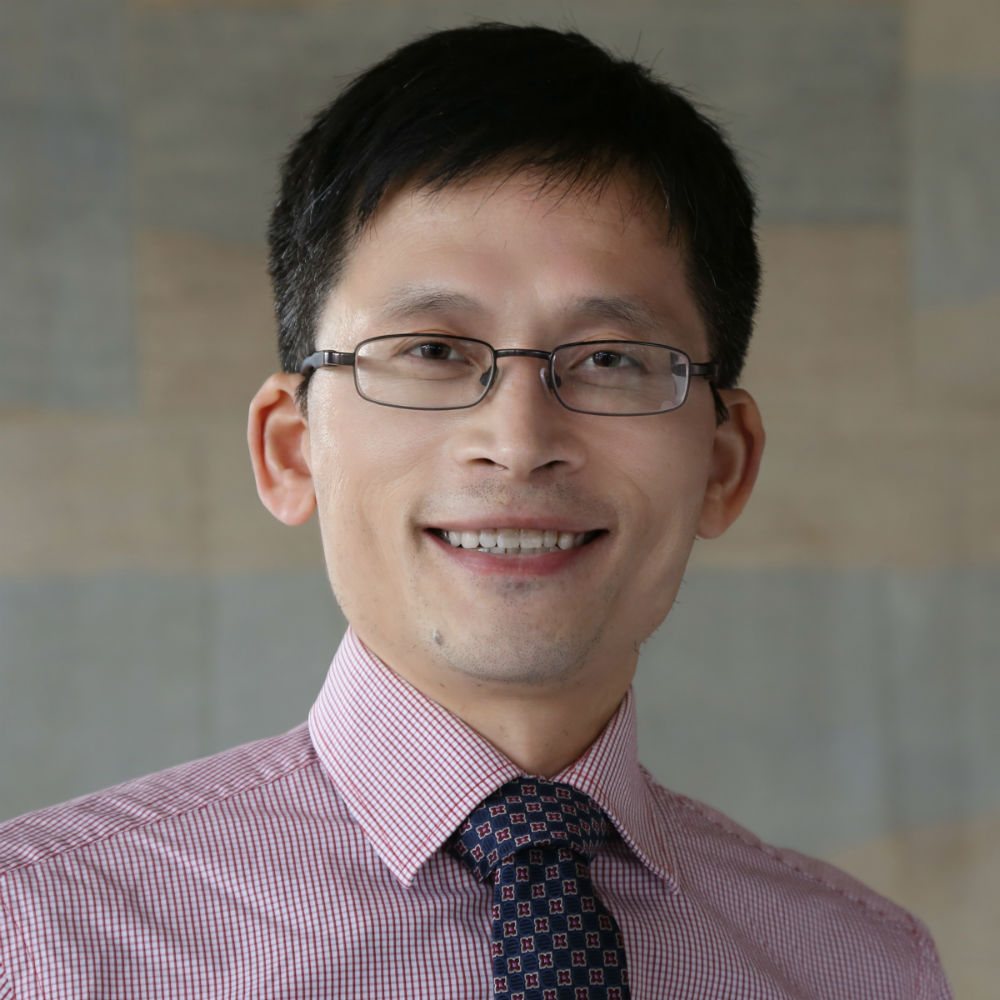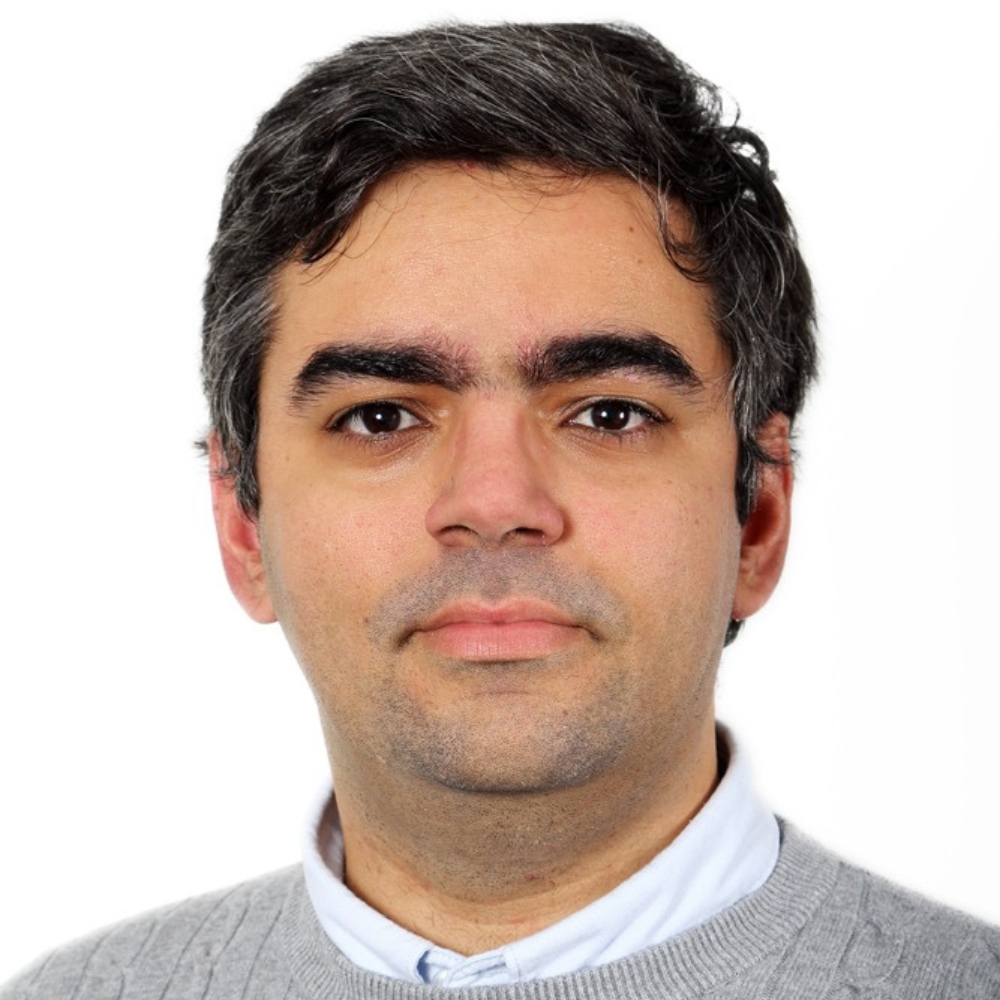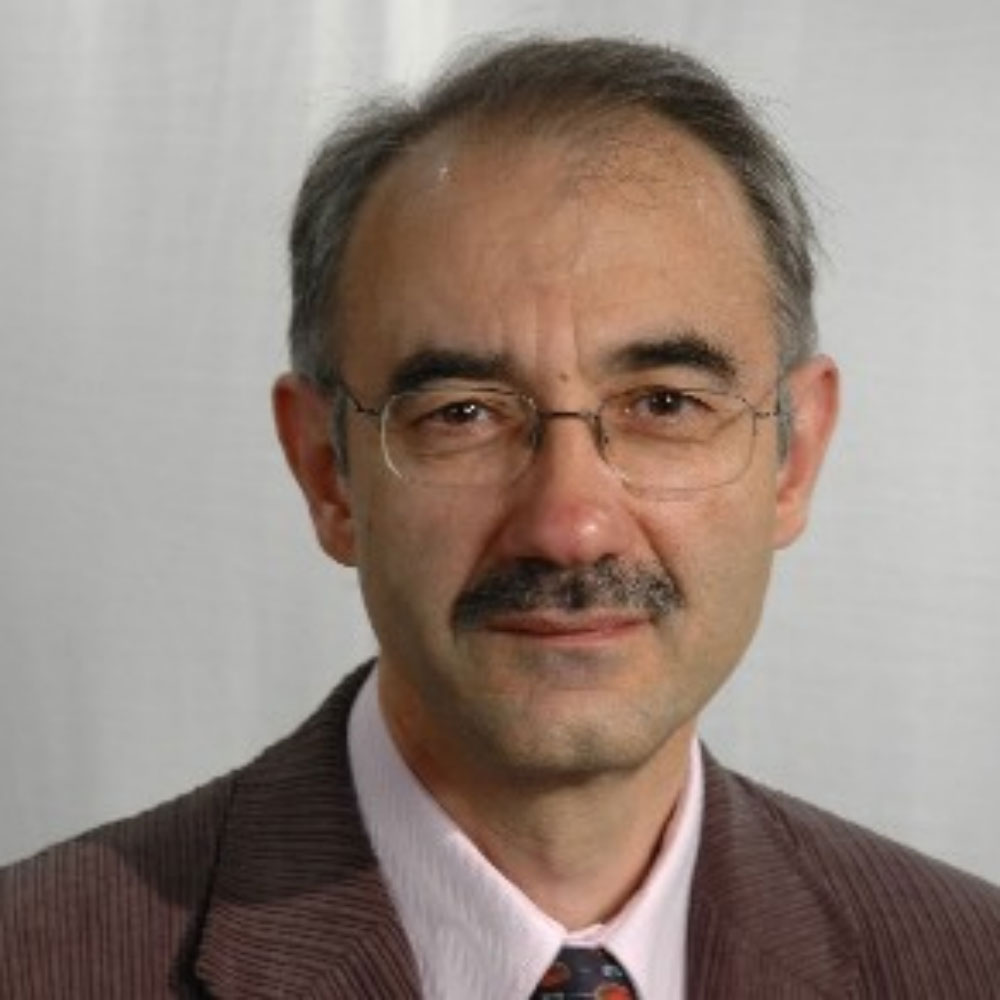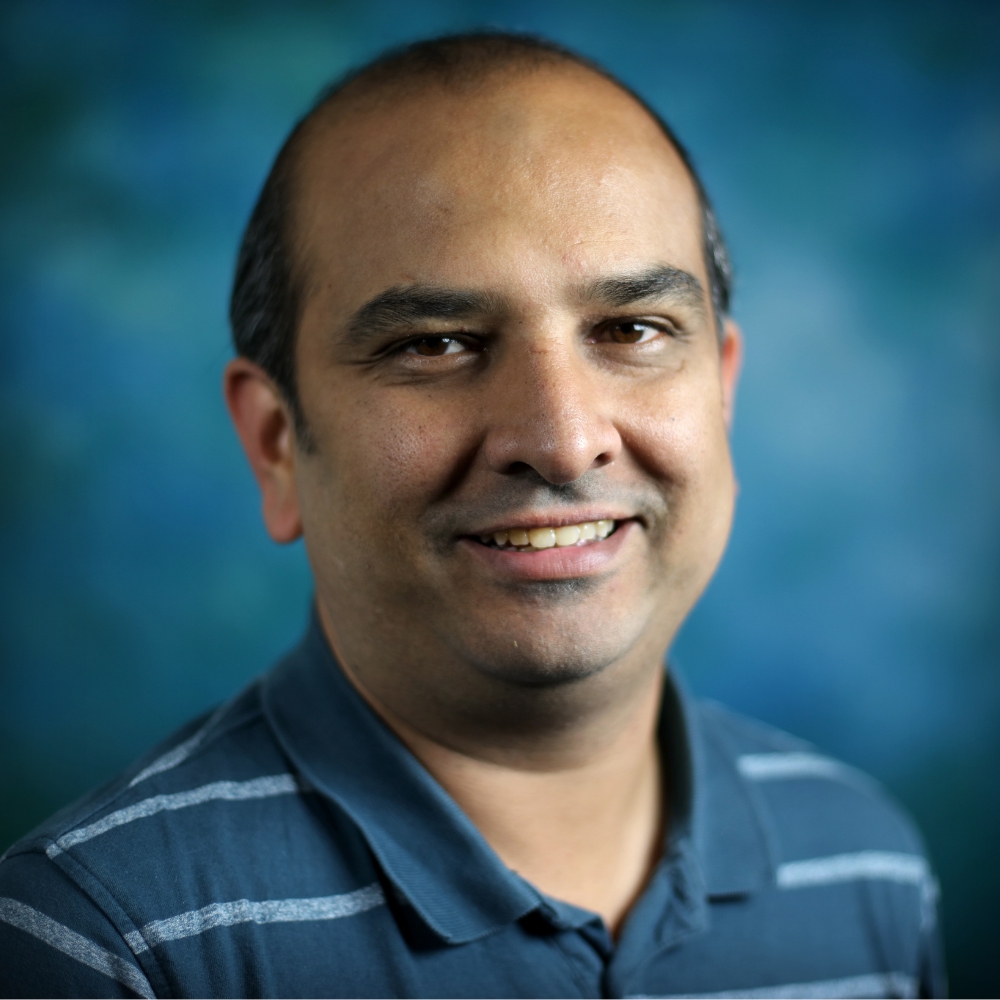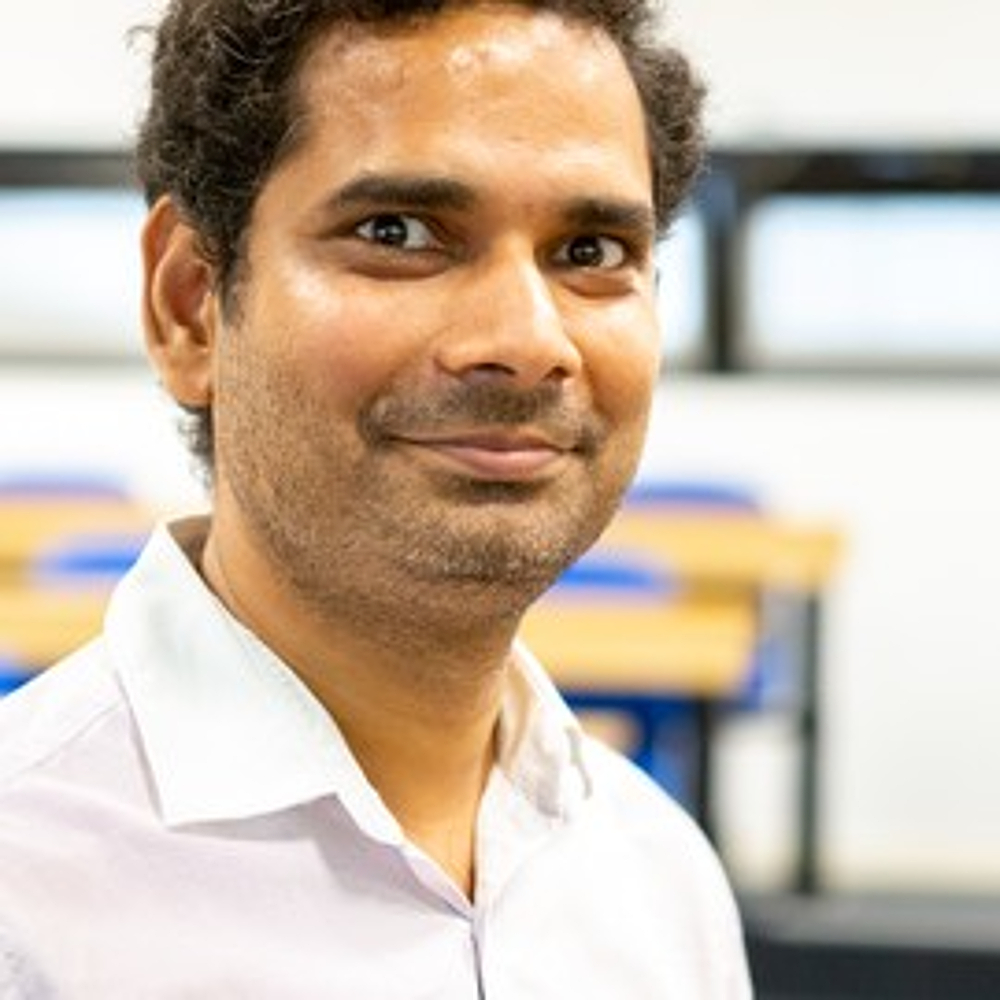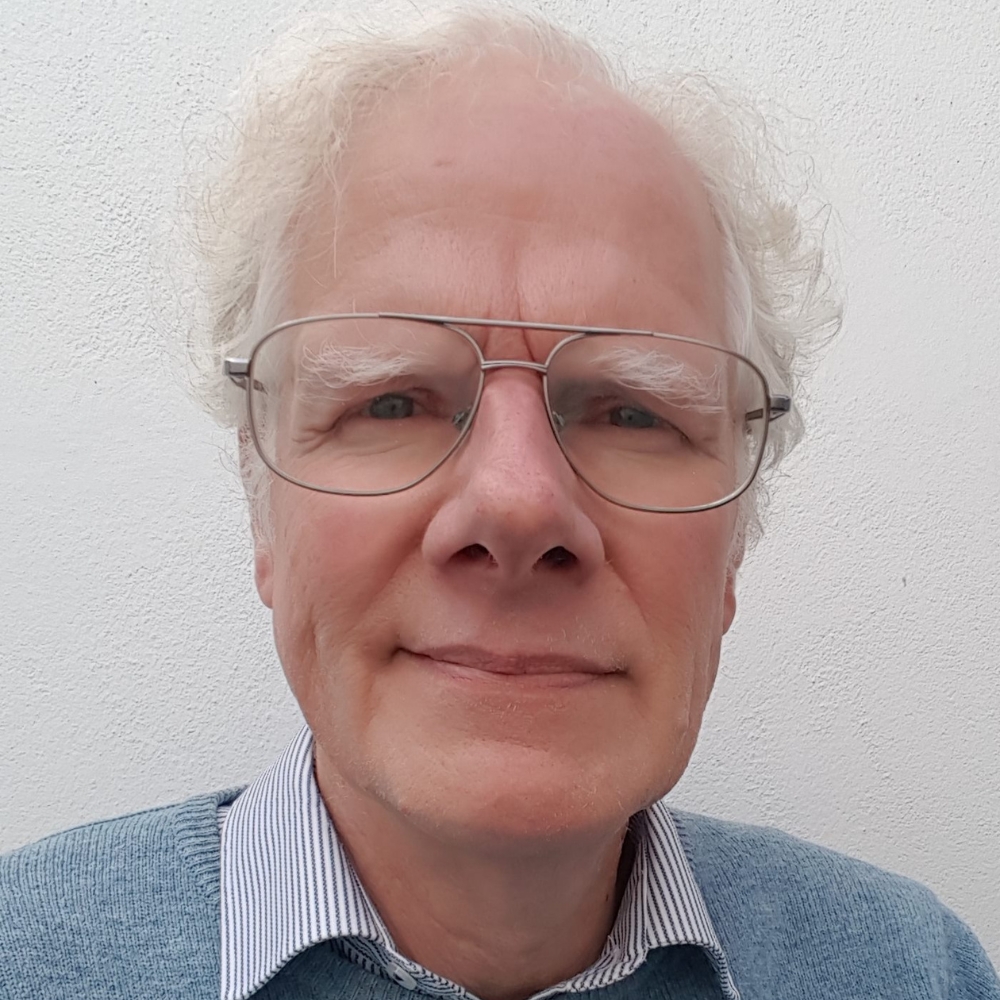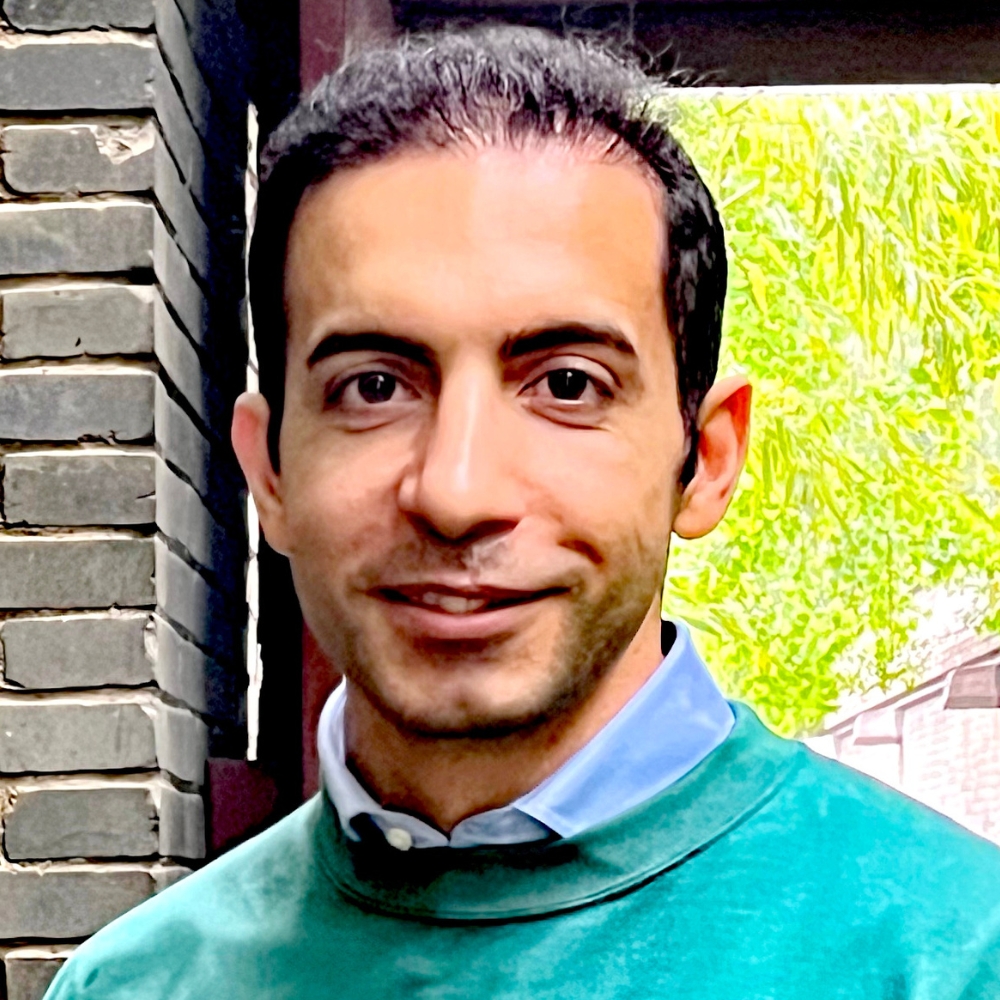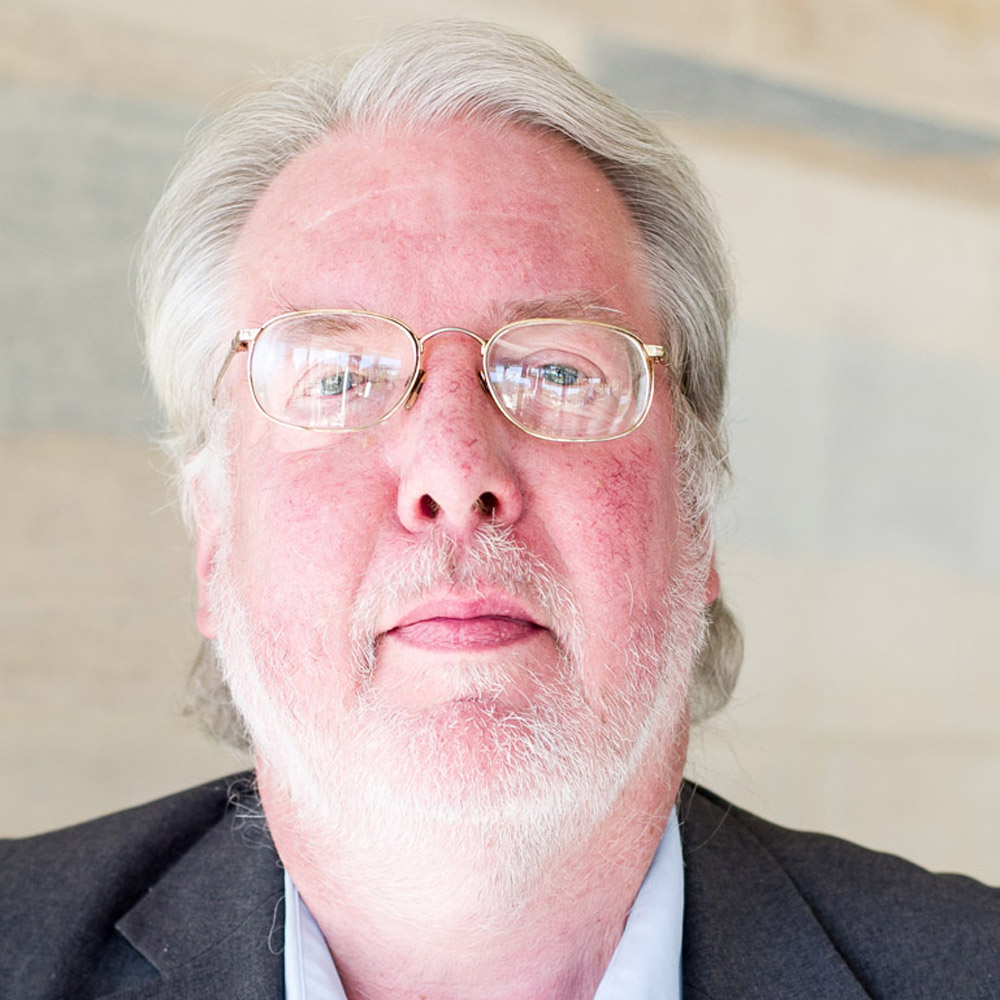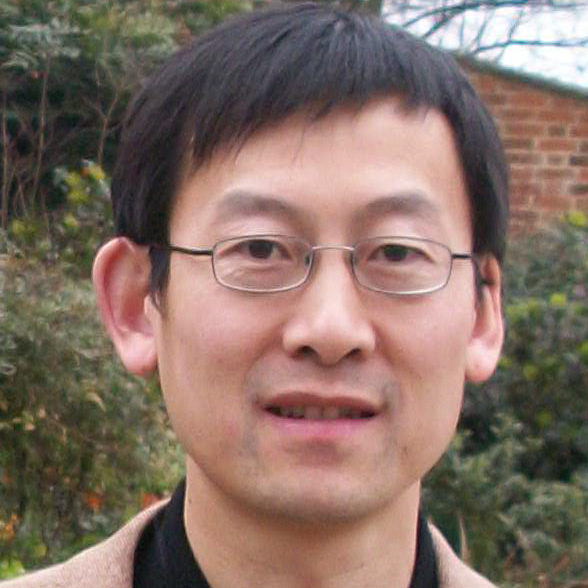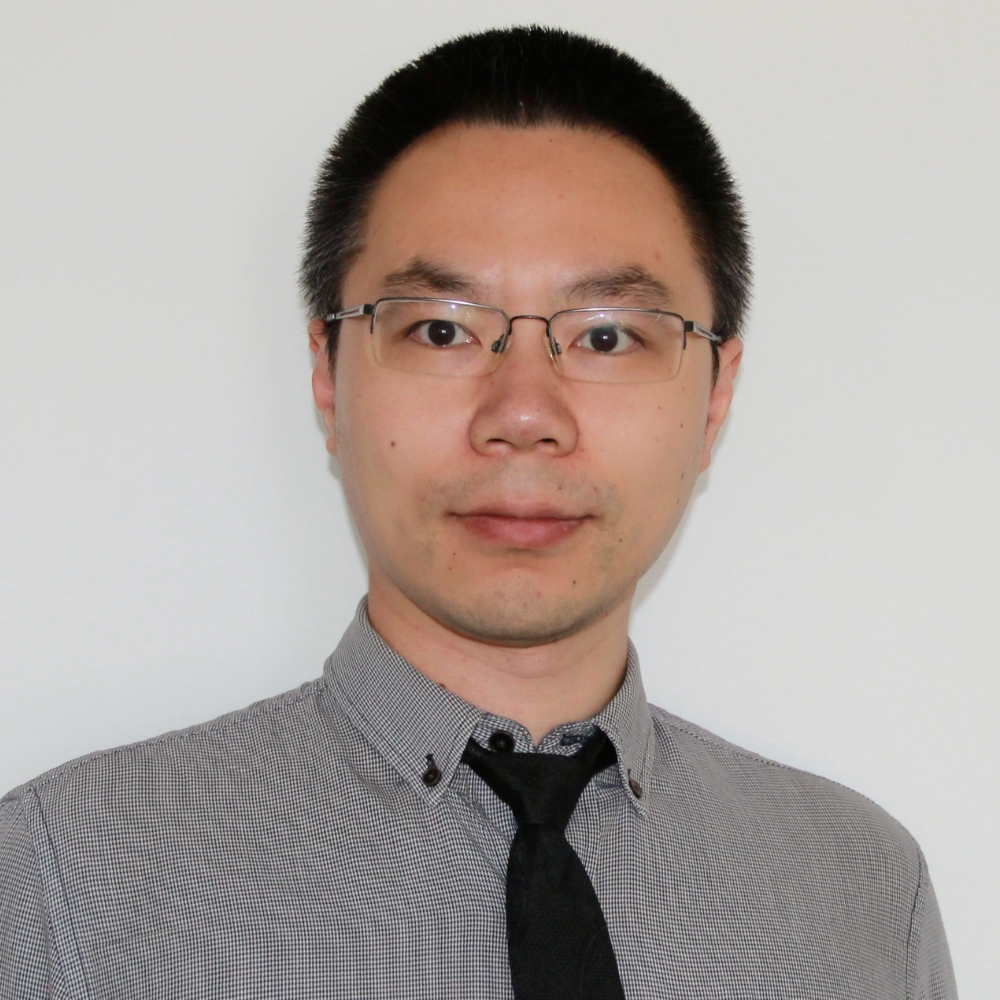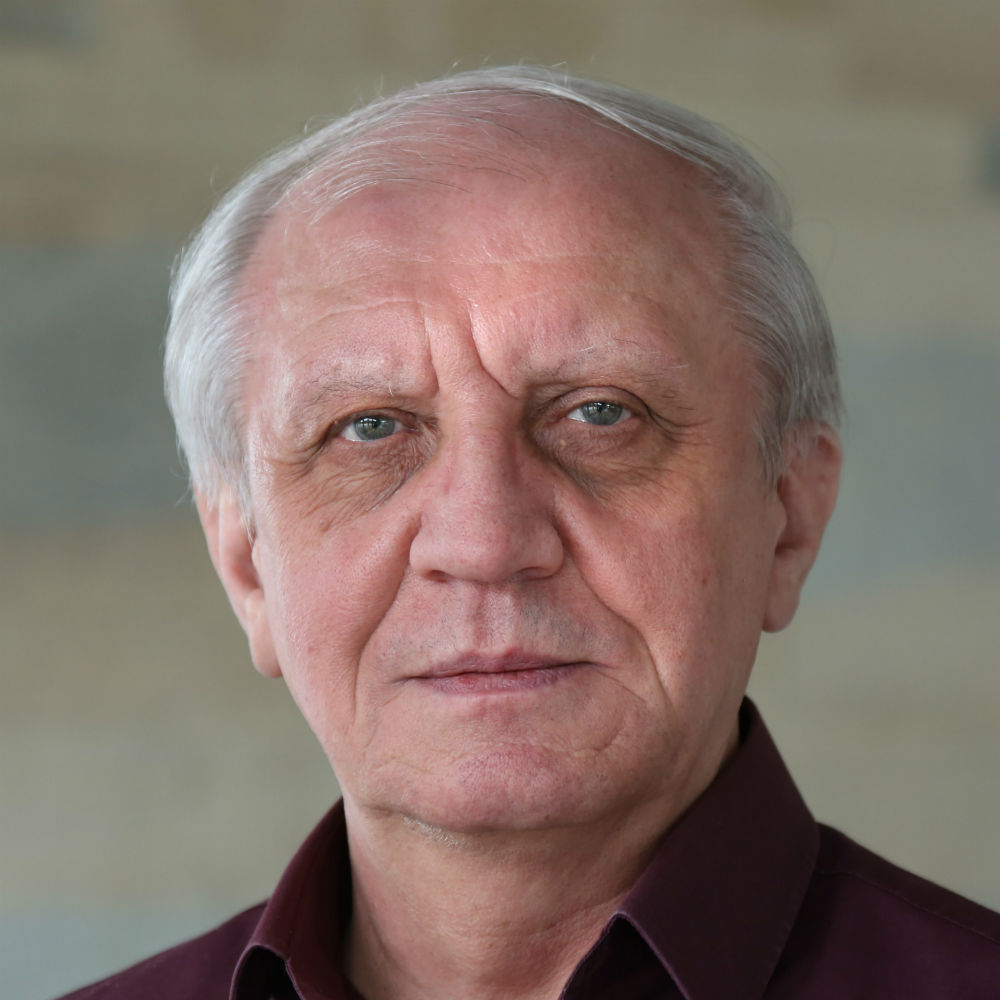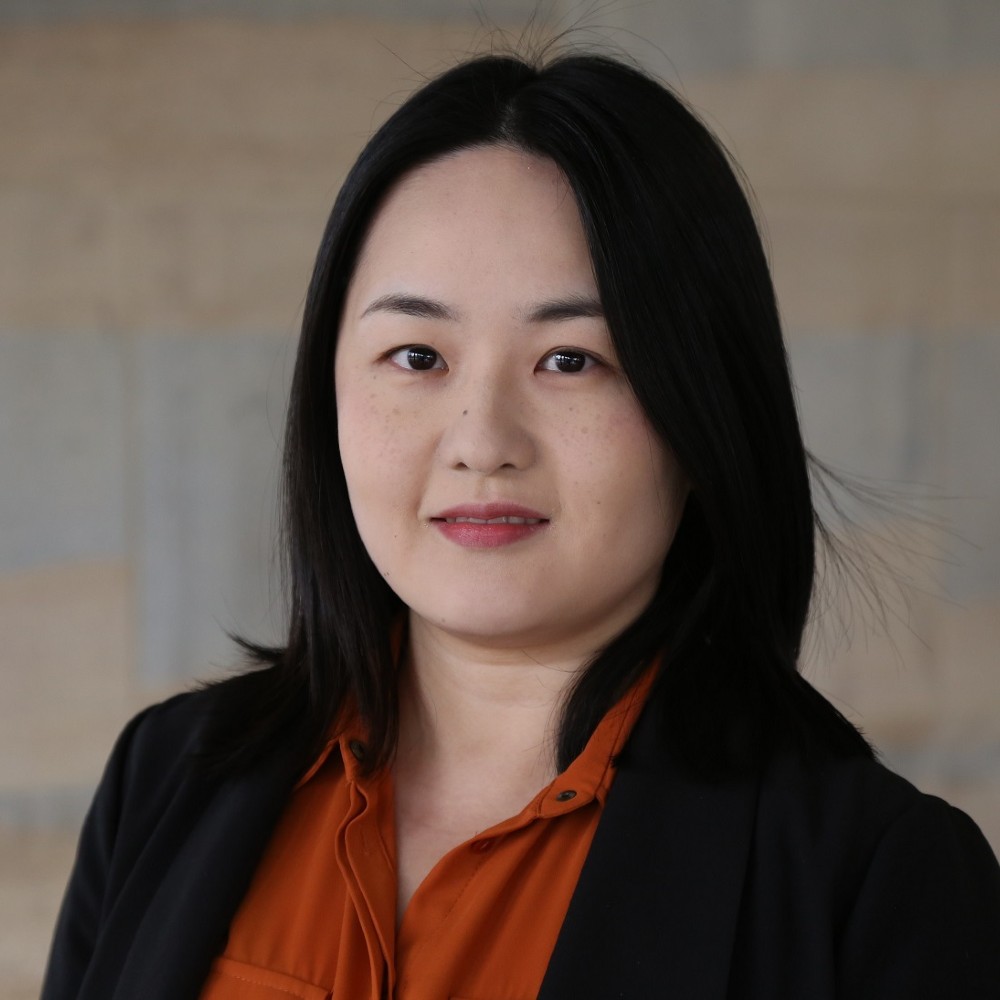Essex has a long-standing tradition of research into Communications and Networks (COMNET). It was one of the first UK universities to actively research into these areas, back in the Department of Electronic System Engineering (ESE).
The group’s mission is the design of next generation wireless communication, network architectures and systems. COMNET has a long history of collaborating with other research institutions and industries including almost all the Tier-1 operators in Europe such as British Telecom (BT) and major telecom vendors such as Ericsson. Impactful patents and proposals to standardisation bodies have been generated out of these collaborations.
The group encompasses three associated research laboratories:
- The Access Networks Laboratory (ANL) has state-of-the-art wireless and system measurement tools with approximate total value £500k. These include a top-of-the-range 100GHz sampling scope, a 40GHz real-time signal analyser, 67GHz and 70-90GHz vector network analysers, a 40Gb/s data test-set and a 400Gb/s optical sampling head. The equipment has been funded in part from EU grants and in part by University infrastructure funds and was used in several grants and consultancies, including several from the EU commission (SODALES, UROOF, iCIRRUS and CHARISMA), an EPSRC grant (NIRVANA) and six KTPs.
- The Network Convergence Laboratory (NCL) maintains a well-equipped research network test bed that consists of electrical and optical core networking technologies and heterogeneous wireless access networking technologies across the University campus and surrounding areas. In addition to hosting several planetLab nodes, NCL is also connected to GENI in USA via openFlow switches, and is the host to an enterprise SAN, a blade cluster of 70+ CPUs. The testbed is also a home to an edge computing cluster. These facilities have been used in various EU and EPSRC projects, such as EPSRC NIRVANA and TANGO and EU H2020 POINT, iCIRRUS and SerIoT.
- The Optoelectronics Laboratory houses lasers, detectors and optical components for optical spectroscopy of semiconductor devices from IR to UV wavelengths; various cryostats and kits for electronic transport measurements in semiconductor devices from T=1.3k to 300k; optical spectroscopy with 100 picosecond resolution; electronic transport measurement facility with 1ns time resolution and up-to electric fields of 250 kV/cm; a clean room; a micro-fabrication facility.
- The RF & Microwave Research Laboratory houses modern equipment for developing devices and systems up to 67 GHz, including several scalar and vector network analysers, signal sources, spectrum analysers, an atomic-force microscope, mm-wave antenna radiation pattern measurement, as well as design workstations with ADS and CST software. The equipment (which cost in excess of £500k) was mainly obtained through EPSRC grants and SRIF funding and has been used in research projects such as the EPSRC grant on Liquid Crystal Based Beam Steerable Planar Antennas for 60 GHz Wireless Networks and Full duplex radios. The Laboratory has also a refurbished clean room and micro-fabrication facility through a £500k University investment.
